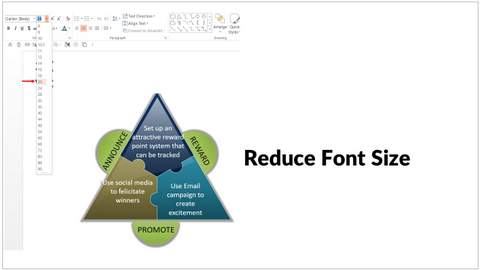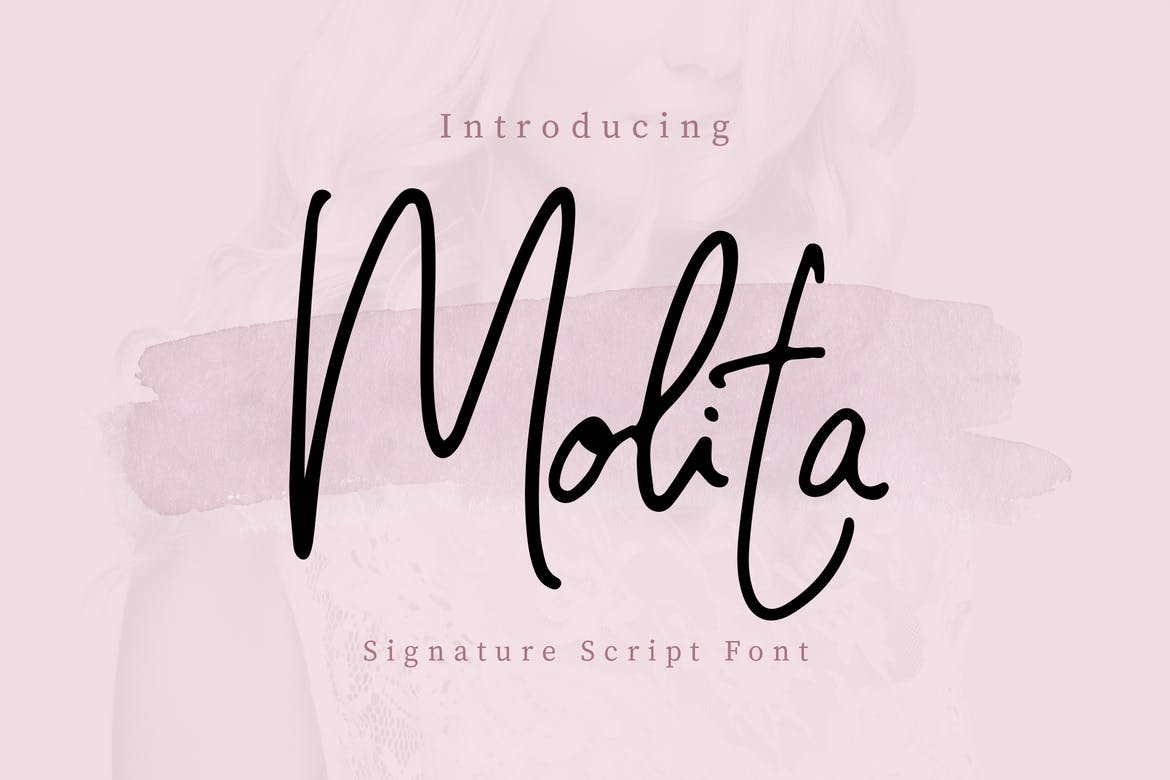
With that said, the morph transition is actually a very interesting tool. Otherwise you want to avoid the flashiness and stick with a classic transition, such as fade. If a particular transition serves the content of the two slides and you feel it is appropriate, then please use it. If you do feel like you need transitions, be sparing and subtle, and limit the different types of transitions you use in a presentation. My advice is that you shouldn't use any of these transitions. There are exciting fractal transitions, dissolving checkerboards, page curls, and origamis.

PowerPoint has some very interesting and lovely transitions. PowerPoint has many graphic and design options to choose from. If you are interested in reading more about effective graphic design, you might consider these readings: You may even find that it is more efficient for you to communicate through visual elements than it is using text - although it does take practice. Even today, we have an appreciation for visual communication. Our neanderthal ancestors communicated visually via cave paintings as a way to record events, preserve their genealogy, tell stories, and document history. We have evolved to be visual communicators. Remember, light text on a dark background, and dark text on a light background. Your background should be very dark or very light, and your font color should complement that. Avoid noisy or gradient backgrounds (graphics that morph and blend from dark to light shades). Contrast in our PowerPoint presentations can give our design energy and authority.įor this reason, the background images that we choose are exceedingly important. We may not be conscious about it, but we are always searching for differences in our environment. In literature and cinema, we find struggles between contrasting characters to be particularly compelling: Darth Vader vs. We are conditioned to notice differences and we appreciate contrast. The principle of contrast is all about accentuating differences. Center aligned text is the most difficult to read and does not look polished or professional.

A good rule of thumb is that slide titles should be no smaller than 20pt, while the slide body should be at least 18pt. These days our PowerPoint slides may be read on anything from a high-definition projector to a mobile device, and everything in between. Arial, Verdana, Helvetica, and Calibri are always safe choices and they are available on most computers. The wrong font can be nearly impossible to read.Decorative and script fonts should be used very sparingly, perhaps only as slide titles and only if they are easily legible. Sans-serif font are not ornamented (the serifs are the elements that "dangle" off the letters) and facilitate readability. The right fond is the one that the audience will read. There are many options for font families, but it is important to pick the right font.


 0 kommentar(er)
0 kommentar(er)
